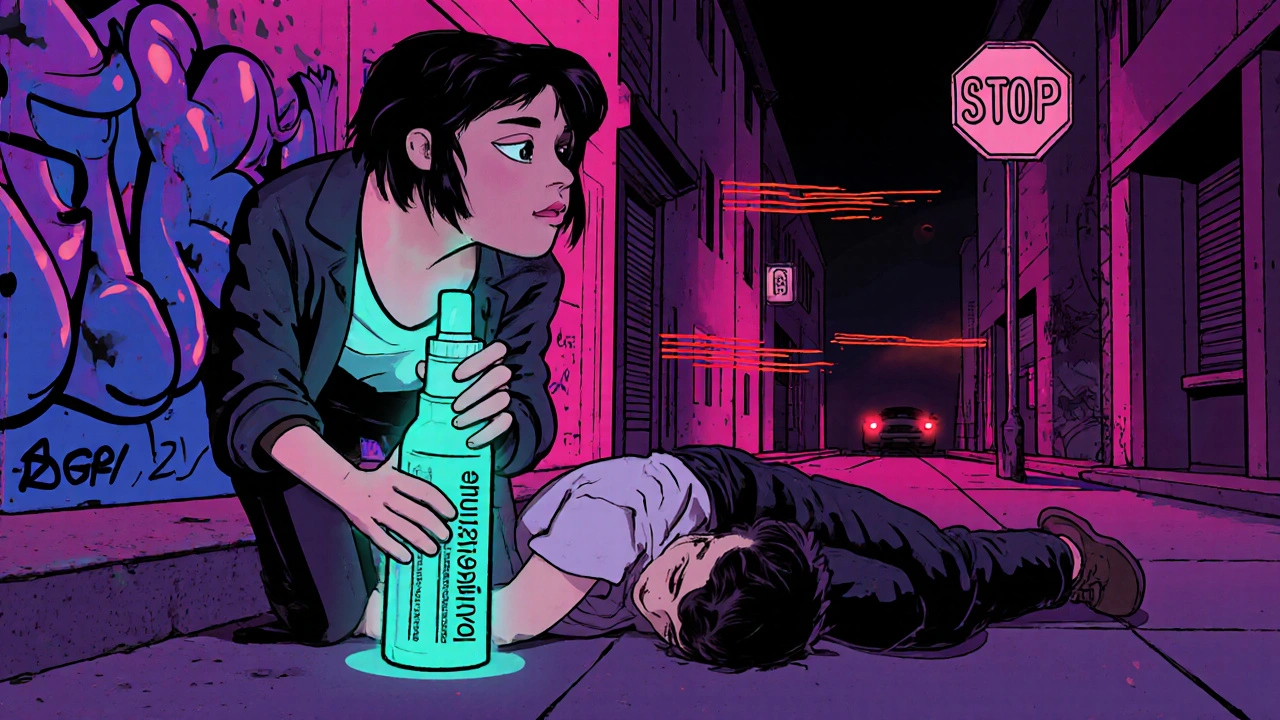Naloxone: What It Is, How It Saves Lives, and Where It Fits in Overdose Care
When someone overdoses on opioids, every minute counts. That’s where naloxone, a medication that rapidly reverses opioid overdose by blocking opioid receptors in the brain. Also known as Narcan, it doesn’t just treat symptoms—it can bring someone back from the edge of death in minutes. Unlike painkillers or sedatives, naloxone has no effect if opioids aren’t in the system. That makes it safe to use even if you’re unsure whether an overdose is happening. It’s not a cure for addiction, but it’s the most reliable tool we have to stop an overdose before it’s too late.
Naloxone works because it’s a competitive antagonist—it pushes opioids off the brain’s receptors like a key pulling out of a lock. This flips the switch back on: breathing starts again, consciousness returns, and the person can be stabilized until emergency help arrives. It’s used in ambulances, hospitals, and increasingly by everyday people—parents, teachers, coworkers, and friends. Many states now let pharmacies sell it without a prescription, and some schools and public transit systems keep it on hand. The CDC recommends anyone who uses opioids, lives with someone who does, or works in high-risk environments keep naloxone nearby.
It’s not just about the drug itself—it’s about access, awareness, and timing. Naloxone comes in easy-to-use forms: a nasal spray you can squirt into the nose, or an auto-injector that talks you through the steps. No medical training needed. It’s not addictive. It doesn’t get you high. And it doesn’t replace the need for follow-up care, but it buys you the time to get it. People who’ve been revived with naloxone often need more help—counseling, treatment programs, or support groups—but without naloxone, they wouldn’t have had the chance.
Related tools like opioid overdose, a life-threatening condition caused by too much opioid use, leading to slowed or stopped breathing, and opioid reversal, the process of restoring normal breathing and consciousness after an overdose, typically using naloxone are tied directly to how naloxone is used in real life. You’ll see posts here that dig into how naloxone fits with other medications, who’s most at risk, and why some people still hesitate to carry it—even when they know it could save a life.
Below, you’ll find real-world stories, science-backed advice, and practical guides on how naloxone is being used today—not just in hospitals, but in backyards, bus stops, and shelters. Whether you’re worried about a loved one, work in healthcare, or just want to know how to help, these posts give you the facts without the fluff.
Why Naloxone Is Crucial for Fighting Opioid Addiction
Discover why naloxone is vital for stopping opioid overdoses, how it works, who should carry it, and the policies that boost its impact.
